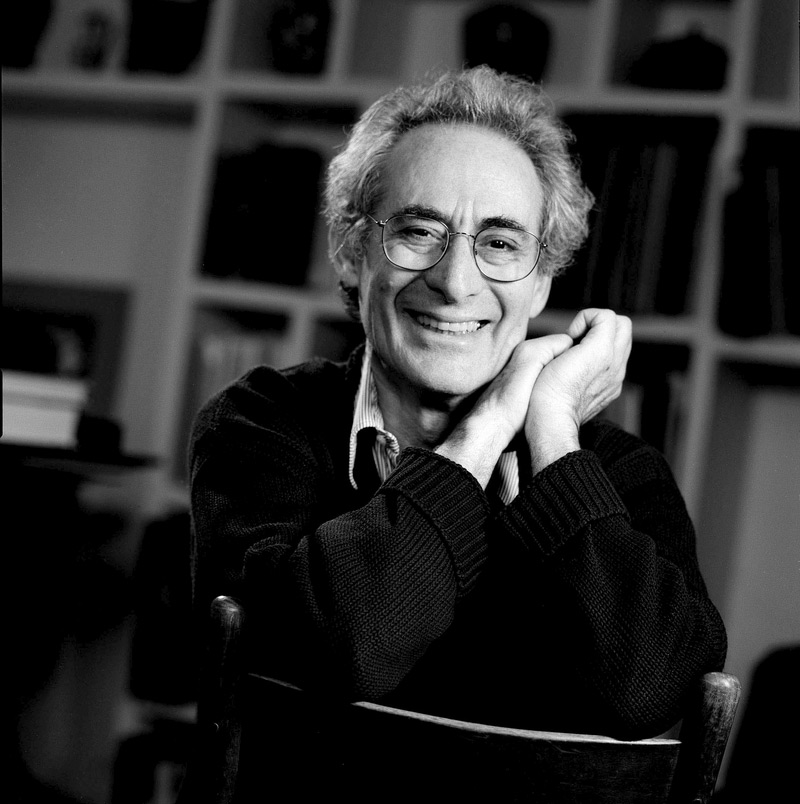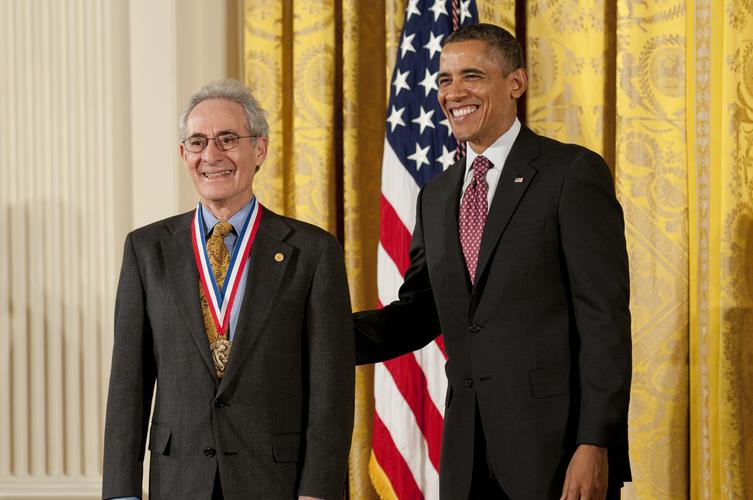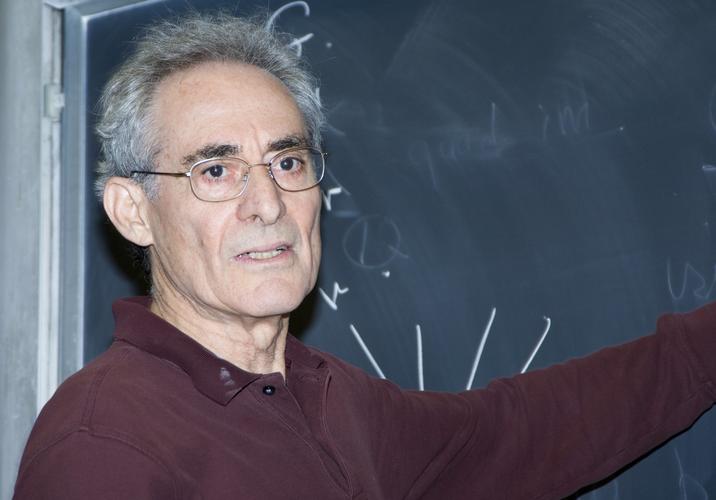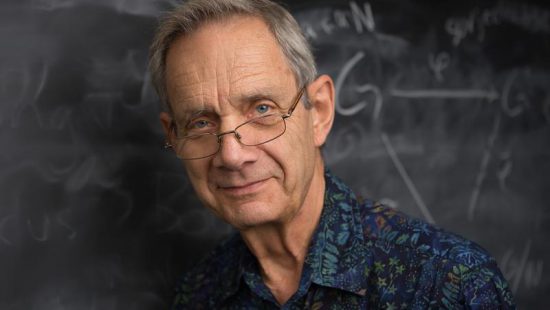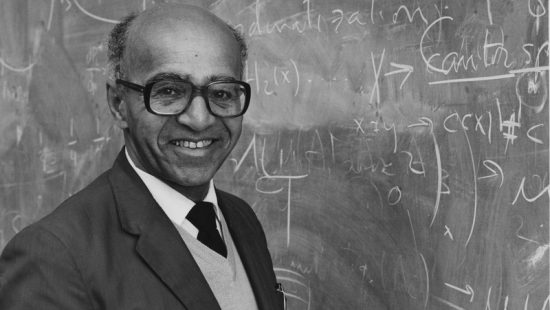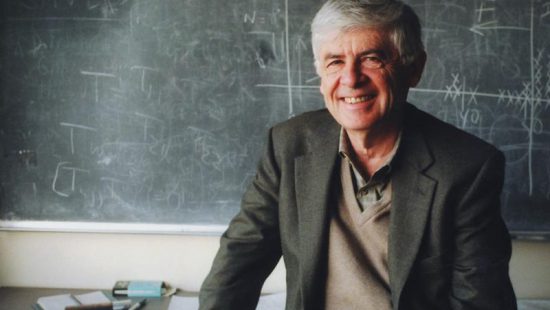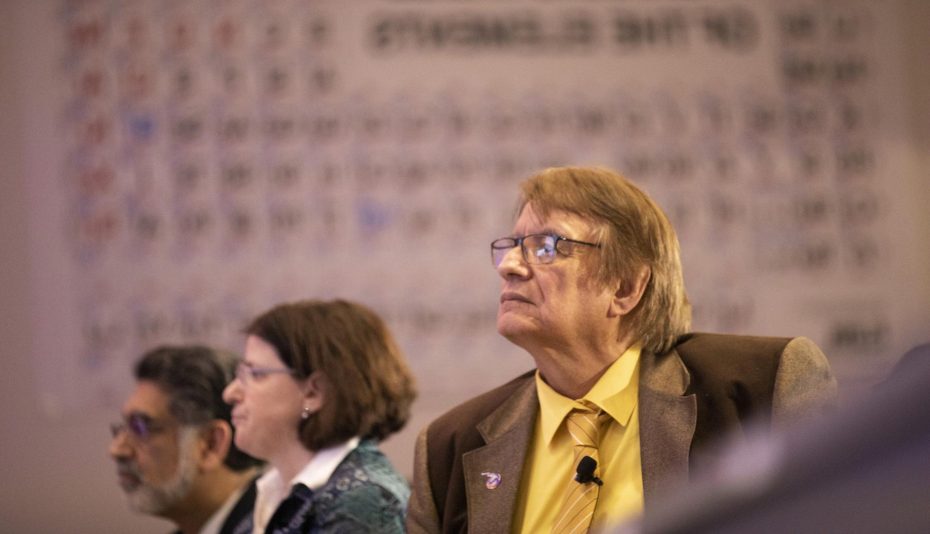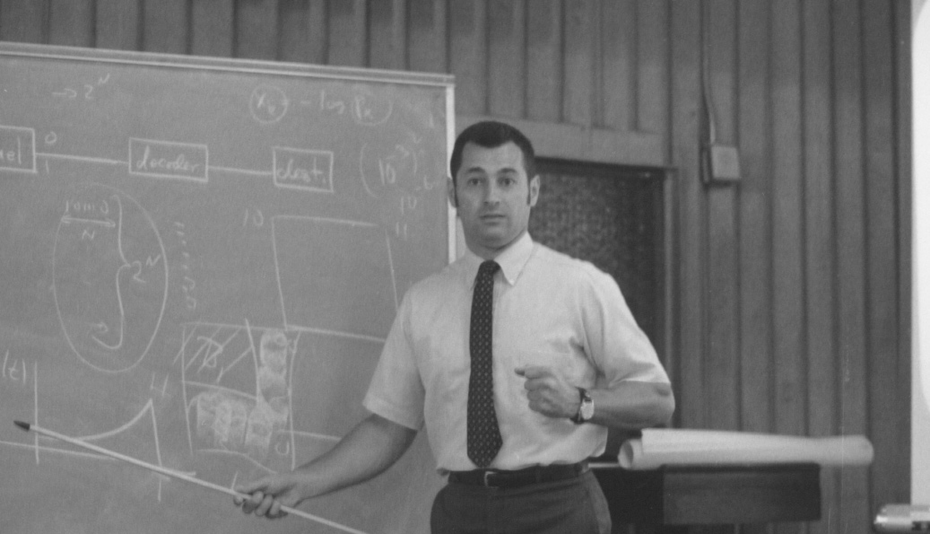Barry Mazur’s love of mathematics was sparked by a simple curiosity in electronics. As a young boy, he wanted to know the connection between a radio transmitter and a home receiver.
Numbers, he thought, might explain it. He recalled his father nurturing his love for mathematics, posing questions to him about numbers and equations.
Decades later, Mazur’s pioneering work has led to new ideas in number theory. The curiosity he had as a youngster remains.
“You have to be so strongly motivated to know the answer,’’ he said of his work.
Born in New York City, Mazur attended the Massachusetts Institute of Technology and earned a doctorate in mathematics from Princeton University in 1959. His early emphasis was on topology, but that soon gave way to number theory, the study of the properties and relationships of integers. Mazur has become one of the world’s leading numbers theorists.
Mazur, who was elected to the National Academy of Sciences in 1982, joined the faculty at Harvard in 1962. He is a recipient of the Steele Prize from the American Mathematical Society, in addition to numerous other awards.
By Bob Warren

